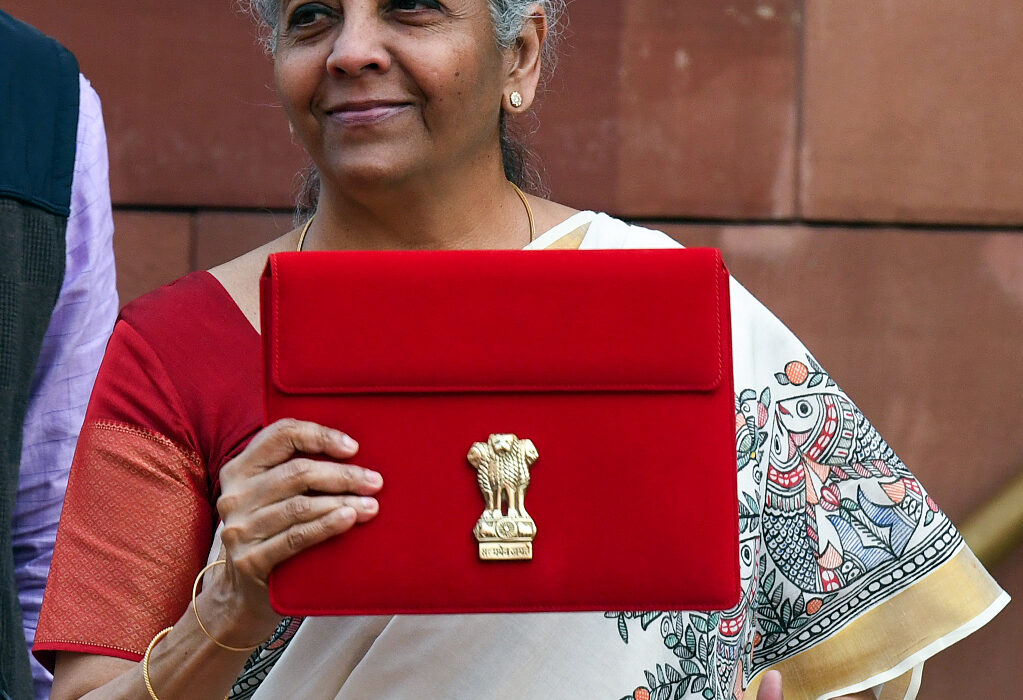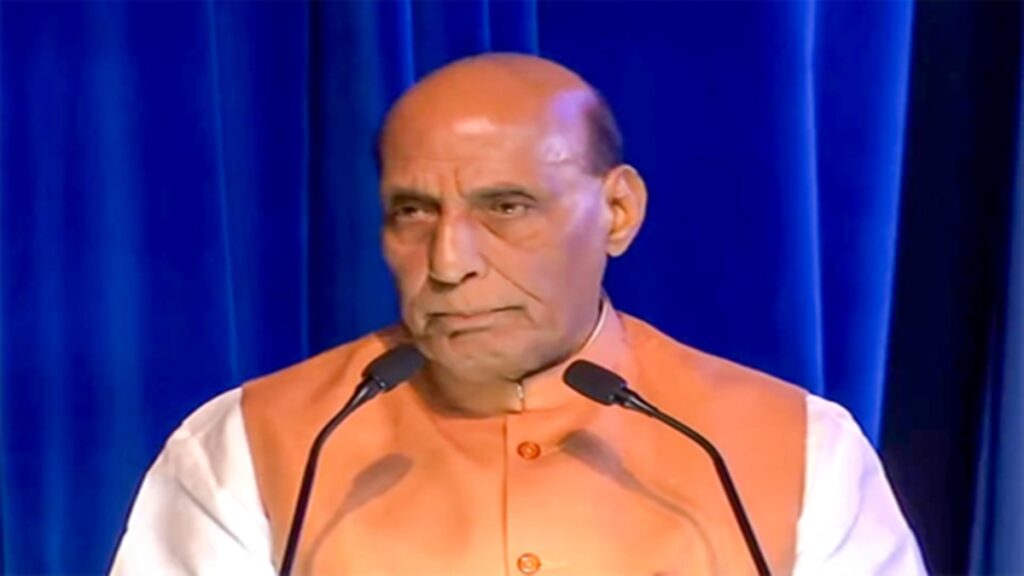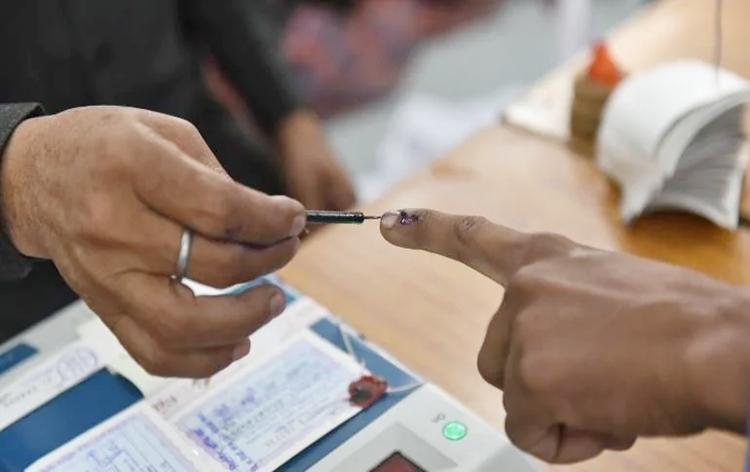Budget boosts consumption, fiscal prudence, capex: report

The Union Budget 2025–26 has been crafted as a bold move toward fiscal consolidation and long-term structural reforms, with the government keeping the fiscal deficit at 4.4% for FY26 while boosting capital spending by 10% to ₹11.2 lakh crore, according to a report by PL Capital on Monday.
The report highlights that the Budget strikes a delicate balance, ensuring credibility in debt management without compromising growth.
The government has not only provided for an increase in Capex but central schemes like PM Awas, Rural Drinking Water and solar rooftop scheme have seen sharply higher allocations than FY25RE, the report points out.
The focus on domestic manufacturing has been sustained with higher allocations under the PLI, renewable energy and the semiconductor ecosystem.
The budget has also provided relief to the middle class by lowering tax rates in the new regime with a hint of new direct tax code introduction shortly.
Continued thrust on Capex and more money in the hands of people will likely boost domestic consumption.
A notable positive for financial markets is the absence of any new taxes on equity markets, such as Securities Transaction Tax (STT) or Long-Term Capital Gains Tax (LTCG), boosting investor sentiment, according to the report.
It highlights that the budget incentivises domestic manufacturing, energy transition, and urban development while ensuring compliance-driven revenue growth without new tax burdens.
Hopes of broad-based economic recovery will support markets and provide double digit returns in CY25.
“We recommend investments in Consumers (staples and Discretionary), Travel and Tourism, EMS, Hospitals and Pharma, Capital Goods and select auto stocks,” the report stated.
The report further states that gross market borrowings of ₹14.82 lakh crore (higher than the ₹14.5 lakh crore expected by the market) along with ₹2.5 lakh crore switches, exert short-term pressure on bond yields.
However, expectations of an imminent rate cut, supportive open market operations (OMO), and upcoming RBI policy clarity should stabilise yields between 6.7-6.75 per cent, the report states.
With an outlay of ₹11.21 lakh crore (up 10 per cent YoY), the budget continues its Capex-led growth model.
Effective capital expenditure at ₹15.48 lakh crore ensures multiplier effects, particularly in infrastructure, nuclear power logistics, and energy transition.
The shift towards public-private project execution signals an effort to crowd in private capital rather than relying solely on government-led investments, the report observes.
The restructured personal income tax regime, raising the nil tax slab to ₹12 lakh and rationalising slabs, enhances disposable incomes and revives urban consumption.
Sustaining rural demand is targeted through increased Kisan Credit Card limits, direct farm support, and rural infrastructure spending, it observes.
By enhancing ease of doing business via tax certainty (new income tax code, safe harbour rules), revamping the corporate M&A framework, and liberalising FDI in insurance (100 per cent), the budget lays a road map for private sector-led Capex revival.
Monetisation of core assets via the National Monetisation Pipeline (NMP 2.0) supports this shift, the report adds.









